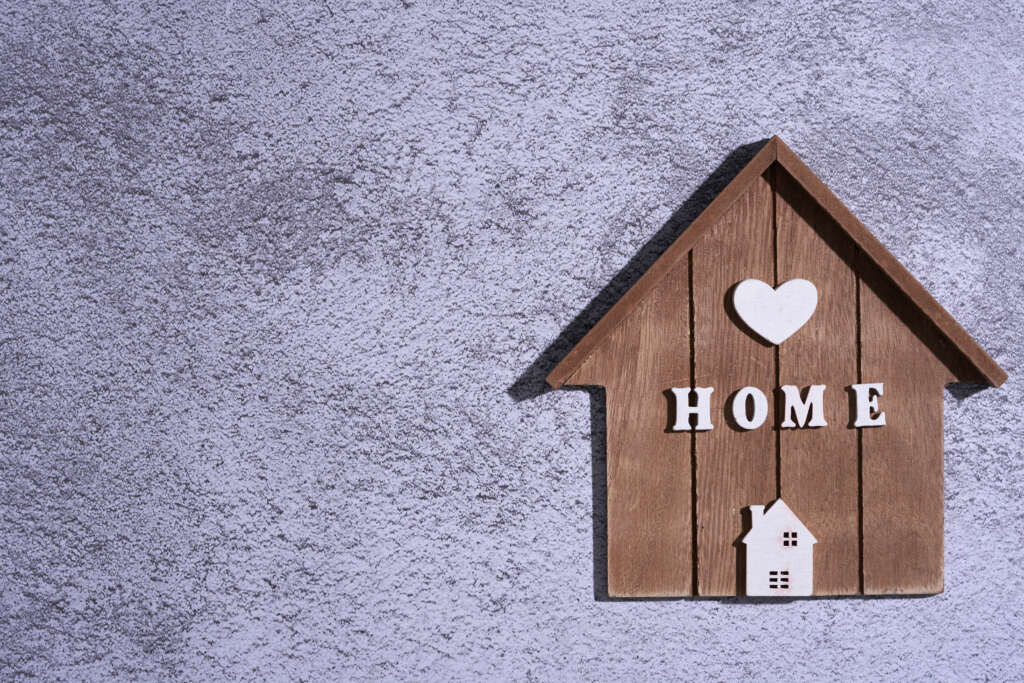Share This Article
A 30-year mortgage doesn’t mean you’re stuck with three decades of payments. Smart homeowners can slice years off their mortgage and save tens of thousands in interest with strategic approaches that won’t wreck their monthly budget.
Understanding the Impact
A $300,000 mortgage at 6.5% interest over 30 years means you’ll pay roughly $379,000 in interest alone. Cut that term to 20 years with higher payments, and you’ll save about $150,000 in interest.
Use online mortgage calculators to see how extra payments affect your specific loan. Every situation differs based on interest rate, remaining balance, and payment amount.
Extra Payment Strategies
Adding just $100 extra to your monthly principal payment can shave 4-6 years off a typical 30-year mortgage. Write a separate check for the extra amount and mark it “apply to principal only.” Many lenders allow online payments with this specification.
Tax refunds, work bonuses, or other windfalls can dramatically accelerate your payoff timeline. Applying a $3,000 tax refund annually to principal can cut 5-7 years off your mortgage term.
Bi-Weekly Payment Method
Instead of 12 monthly payments, make 26 bi-weekly payments each year. This equals 13 monthly payments annually, with that extra payment going directly to principal.
Split your monthly payment in half and pay that amount every two weeks. This method typically cuts 4-6 years off your mortgage and saves $50,000-80,000 in interest on a typical loan.
Most lenders offer automatic bi-weekly programs but charge setup fees of $200-400. You can achieve the same result by making your own extra monthly payment equal to one-twelfth of your annual mortgage payments (divide your monthly payment by 12 and add that amount each month).

Refinancing Considerations
When interest rates drop at least 1-2 percentage points below your current rate, refinancing to a shorter term can reduce both interest costs and loan duration. Moving from a 30-year to a 15-year mortgage typically increases monthly payments by 20-30% but cuts total interest costs in half.
Current refinancing costs typically run 2-3% of your loan amount, so you’ll need to stay in the home long enough to recoup closing costs through interest savings.
Smart Financial Priorities
Before aggressively paying down your mortgage, ensure you have 3-6 months of expenses in an emergency fund. Pay off credit cards and high-interest debt first, since rates of 18-25% far exceed mortgage rates of 6-8%.
Consider your opportunity cost. If you can earn 8-10% annually in retirement accounts, that might outweigh the 6-7% interest you’d save on mortgage payments. However, guaranteed mortgage interest savings provide peace of mind that market investments can’t match.
Important Considerations
Skip expensive third-party mortgage acceleration programs that charge $300-1,000 annually for services you can do yourself. Check your mortgage documents for prepayment penalties before implementing any acceleration strategy.
Remember that eliminating your mortgage payment doesn’t eliminate property taxes and homeowners insurance. Budget for these ongoing costs even after mortgage payoff.
The mortgage interest deduction benefits decrease as you pay down principal faster. The 2017 tax law changes reduced this benefit for many homeowners since fewer people now itemize deductions.
Track Your Progress
Monitor your loan balance monthly and celebrate milestones. Create a visual tracker showing your progress toward payoff. Request an annual mortgage statement from your lender showing interest paid and remaining balance.
Paying off your mortgage early requires discipline and strategic planning, but the financial and psychological benefits of homeownership without monthly payments make the effort worthwhile. Start with small extra payments to build momentum, then increase your acceleration efforts as your financial situation improves.



